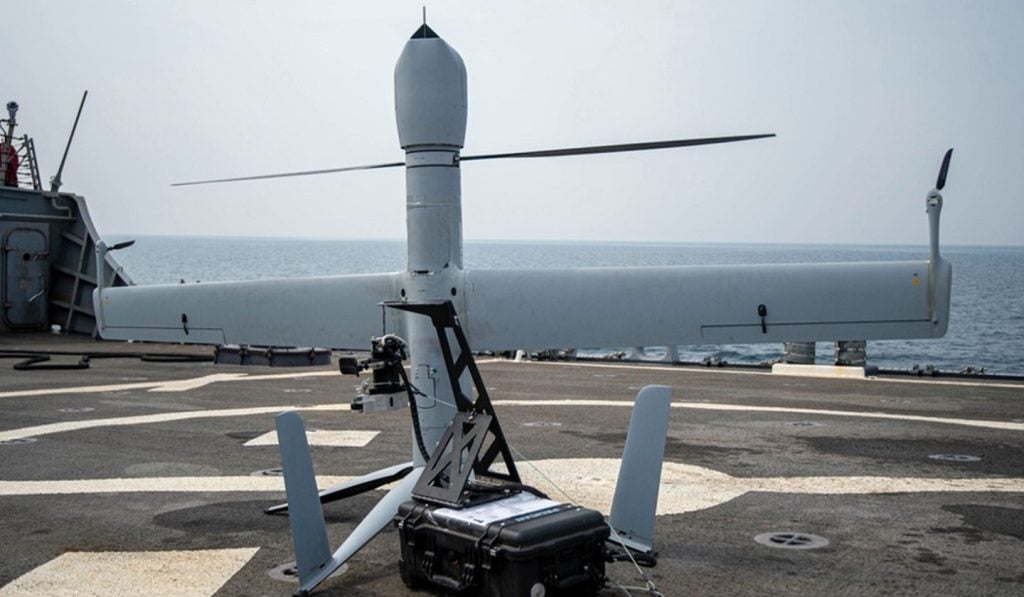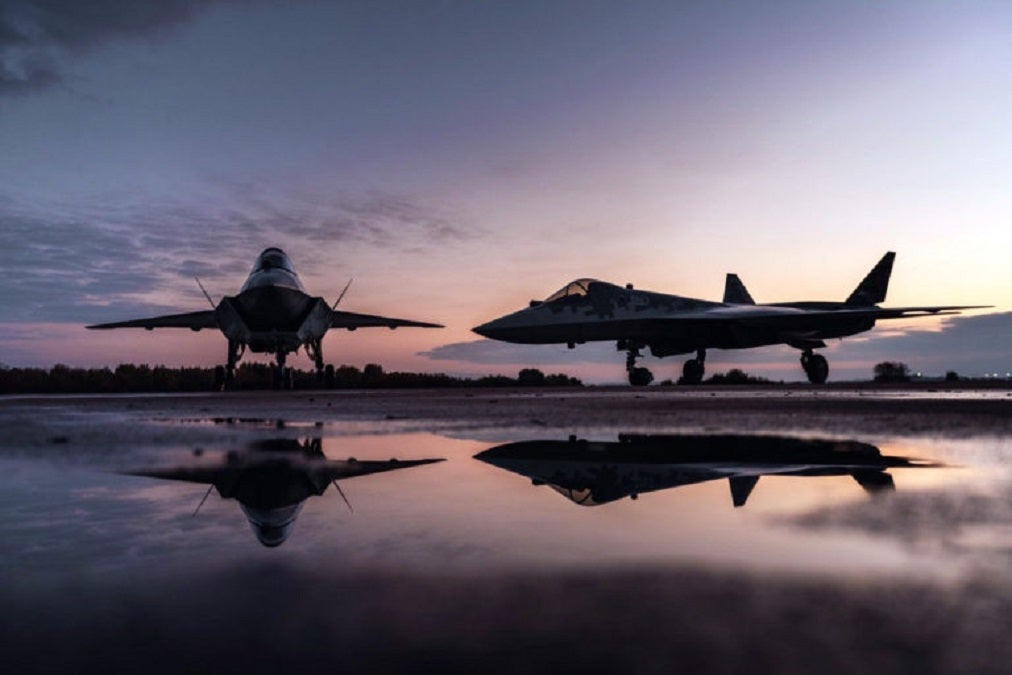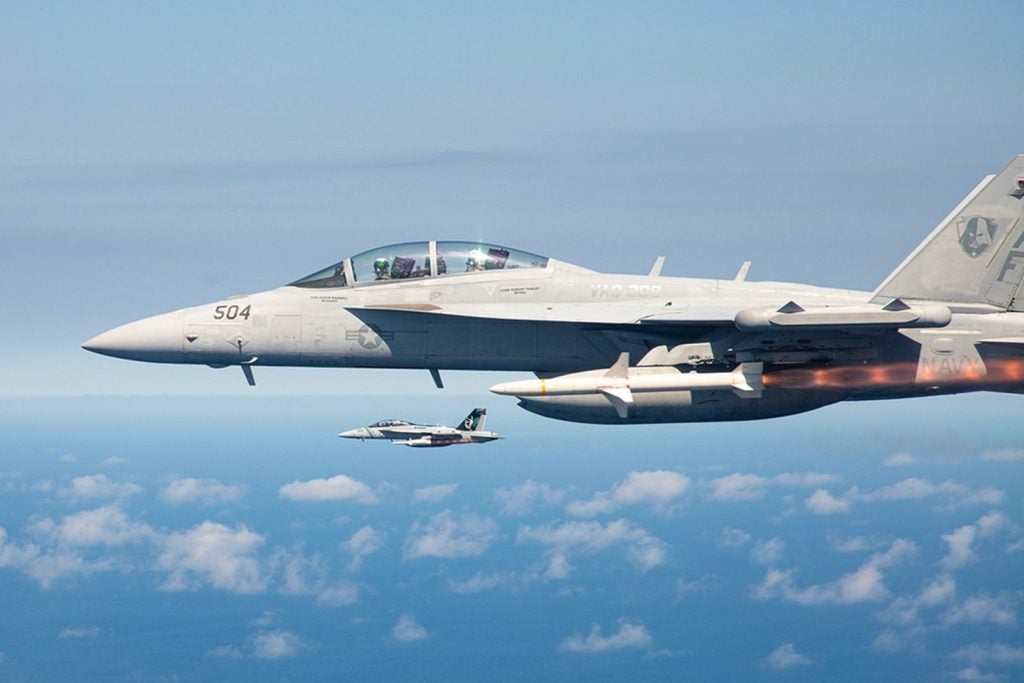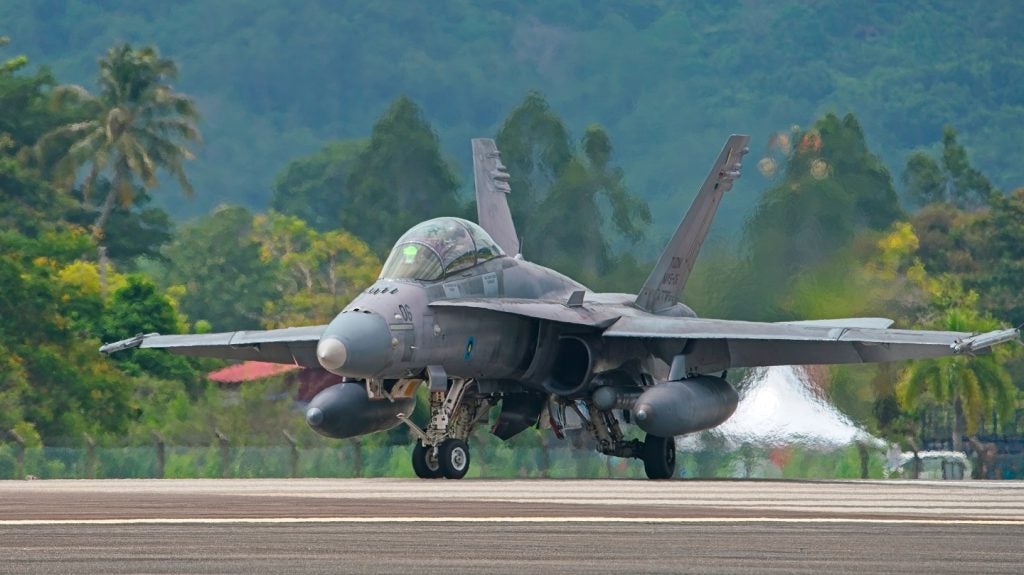After several months in the making, Airbus finalised its strategic acquisition of uncrewed aerial systems (UAS) manufacturer Aerovel and its flagship product, the Flexrotor. Neither party has released the value of the agreement.
With just over 30 workers, Aerovel will continue to develop systems at its facility in Bingen, Washington as part of a wider, more mature UAS ecosystem.
This acquisition agreement was signed in January 2024. Since then, the agreement was subject to regulatory approvals and customary conditions.
“Aerovel’s expertise in autonomous flight technology will undoubtedly complement our UAS development with the VSR700, as well as the work that we have been doing to develop interoperability,” said the CEO of Airbus Helicopters at the time.
A new addition to Airbus’ rotary UAS
Flexrotor is a modern vertical take-off and landing (VTOL) system with a maximum launch weight of 25kg (55lb).
It has been designed for intelligence, surveillance, target acquisition and reconnaissance (ISTAR) missions between 12 and 14 hours in a typical operational configuration.
The system can integrate different types of payloads including an electro-optical system and advanced sensors to suit customers’ unique mission needs.
With the ability to autonomously launch and recover from either land or sea, requiring only a 3.7 by 3.7 metre (m) area, Flexrotor can perform expeditionary missions with minimal footprint.
Through the support of the US Department of Defense (DoD), and contracted deployment in a variety of maritime security exercises, Flexrotor can operate in harsh, high-threat, GPS-denied environments.

On 8 March 2023, the US Central Command’s Task Force 59 in the Fifth Fleet employed the Flexrotor during international Maritime Exercise on the flight deck of the guided-missile destroyer USS Paul Hamilton (DDG 60).
Flexrotor will go on to operate alongside Airbus’ VSR700 – another VTOL tactical UAS, which is also an optionally piloted vehicle that entered the market in 2019.
VSR700 has a length of 6.2m, rotor diameter of 7.2m and a height of 2.5m. Its maximum take-off weight and empty weight are 700kg and 450kg respectively.
Acquired to meet the rise in hybrid warfare
“Together with the VSR700, [Airbus] will continue to develop manned-unmanned teaming [MUM-T] to offer our customers the enhanced and expanded mission capabilities that they require to monitor and safeguard their communities and critical infrastructure, while preserving essential assets such as helicopters,” stated Mathilde Royer, head of strategy and sustainability at Airbus Helicopters.
This strategic decision taps into a fundamental transition in warfare in which the proliferation of less costly UAS take over larger and more expensive platforms to perform routine missions, such as ISTAR.
This has led to the early development phase of Collaborative Combat Aircraft (CCA), essentially autonomous aircraft that function in team alongside crewed platforms, such as fifth and soon-to-be sixth generation fighter jets.
This MUM-T concept has made strides in the US Air Force’s (USAF) Next Generation Air Dominance programme. The USAF recently selected two vendors to compete for their CCA options: General Atomics and Anduril.












